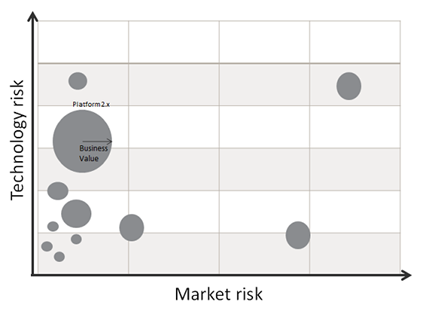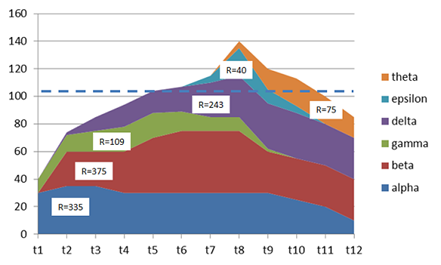The reality is that any business which has more than a single product implements some form of Product Portfolio management, but that implementation may not be formalised or even recognised as such. Product Portfolio Management is after all fundamentally about choosing which products to make, how to market/price them and when to stop selling them. So if a business can survive without formal Product Portfolio Management, why should anyone bother implementing it? To search for any answer to this question, it is first important to understand some of the factors which can make a product business successful such as:
- It brings superior products to market.
- It maximises business potential with a well-structured product range.
- It can react to changes in the market faster than competition.
- It can nurture and most importantly bring to market new innovations.
At the root of success of course are managers in the business who understand the market they are in, can anticipate its requirements and carry the organisation in the same direction with full force. In a business without a formalised portfolio management process, these key managers may struggle to get heard; struggle to create focus for the organisation and ultimately become very frustrated. Senior management may also become frustrated for slightly different reasons; their struggle is to get clear visibility of what the current state is in product development and then to have decisive levers to direct the business in the correct direction. Therefore in essence Product Portfolio Management is a framework which enables a business to get the best out of the management resources it has. So what are the key features of a Product Portfolio Management framework which can deliver these benefits?:
- Provision of clear decision and review points which consider the totality of the product undertaking.
- Direct linkage to company strategy which has been endorsed by the most senior management.
- Bonding between the various stakeholder functions which means they all operate together in lock step.
- Visibility into the current state in development and sales in a structured way.
- By creating balance in the portfolio enabling innovation to bubble to the top as well as making incremental products.
These benefits seem pretty compelling but it remains that Product Portfolio Management is really a means to get the best out of the people who run the organisation. At the end of the day good decisions are needed and while the framework can potentially maximise the probability of making a good decision it does not substitute good market instincts or leadership qualities. So are there great costs implementing a Product Portfolio Management Framework? The fundamental answer is that the biggest part of the cost is the change needed to bring the organisation to a common way of working. A well designed Product Portfolio Management Framework will be customisable to a given organisational scenario to focus change only on those areas which need addressing. Once implemented the clarity and clear target setting it delivers will mean that the overall organisation can operate at a greater level of effectiveness. If the benefits are so clear then why doesn’t every business implement Product Portfolio Management in a formalised way? Well this is another story and the subject of my next blog post.


